In our latest experiment, we explored a realistic deployment scenario where Bob* (B*) is co-located with node D—a setup detailed in Figure 28(c).
📊 Figure 29(a) highlights the performance of our quantum network without classical light interference. Using the BB92 protocol for a fair comparison across both entanglement-based links and the prepare-and-measure QKD link (D–I), we observed stable key generation over a continuous 13-hour period — a strong indicator of system reliability.
To test the resilience of the network under classical load, we introduced classical light in a controlled manner:
- First-stage classical power (Tx1–8) was varied
- Second-stage classical light (Tx9) was held steady at –14.41 dBm
📉 As shown in Figure 29(b), we observed a declining QBER trend on the D–I link as classical interference increased — a critical insight for practical QKD deployment in hybrid networks.
⚡ Notably, in the absence of classical light, the secure key rate (SKR) on this link approached 900 bps, demonstrating excellent performance in ideal conditions.
These results reinforce the potential for quantum-classical coexistence in real-world telecom environments — a key objective of the Allegro project.
#QuantumNetworking #QKD #BB92 #QuantumCoexistence #SecureCommunication #QuantumInternet #Photonics #AllegroProject #QuantumKeyDistribution

